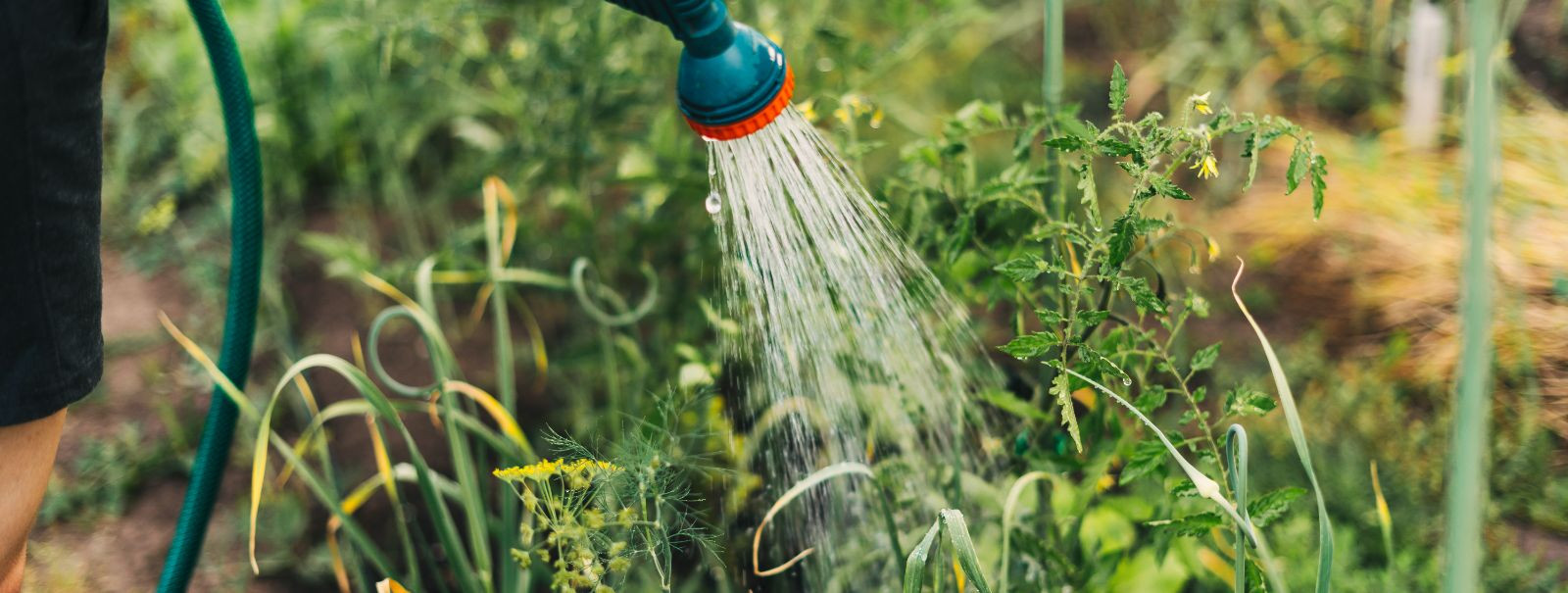5 tips for maintaining a lush green lawn
For many homeowners and property managers, a lush green lawn is the hallmark of pride and curb appeal. However, achieving and maintaining such a lawn requires more than just occasional watering and mowing. In this blog post, we'll explore five essential tips that will help you cultivate a vibrant and healthy lawn that stands out in your neighborhood.
Understanding Your Lawn's Needs
Before you start any lawn care regimen, it's crucial to understand the soil you're working with. Soil testing is a simple yet effective way to determine the pH level and nutrient profile of your soil. This information is vital for making informed decisions about fertilization and other treatments.
Different grass types have varying requirements for sunlight, water, and nutrients. Knowing the specific needs of your grass type, along with the climate in your region, will enable you to tailor your lawn care practices for optimal growth.
Proper Watering Techniques
Watering your lawn at the right time of day can significantly impact its health. Early morning watering is ideal as it allows the water to seep deep into the soil and reach the roots, while minimizing evaporation and fungal growth.
Overwatering can be just as harmful as underwatering. It's important to provide your lawn with the right amount of water, which typically ranges from one to one and a half inches per week, depending on the weather and soil type.
Regular Lawn Feeding
Fertilizers are not one-size-fits-all. Selecting the appropriate fertilizer for your lawn's specific needs can make a significant difference in its health and appearance. Look for fertilizers that match your soil's nutrient requirements and follow the manufacturer's application guidelines.
Lawns need to be fed at different times throughout the year. A seasonal fertilizing schedule that aligns with your grass type's growth cycle will support a robust and resilient lawn.
Mowing and Lawn Care
The height and frequency of mowing can either help or hinder your lawn's health. Cutting your grass to the right height encourages root growth and prevents weeds. As a general rule, never remove more than one-third of the grass blade in a single mowing.
Dull mower blades tear grass, causing damage and increasing the risk of disease. Regularly sharpening your mower blades ensures a clean cut, promoting a healthier and more attractive lawn.
Aeration and Overseeding
Aeration involves perforating the soil with small holes to allow air, water, and nutrients to penetrate the grass roots. This process helps alleviate soil compaction and promotes a more vigorous lawn.
Overseeding is the process of planting new grass seeds directly into existing turf. This is particularly beneficial for repairing bare spots, improving lawn density, and enhancing its overall color and texture.






Comments (0)